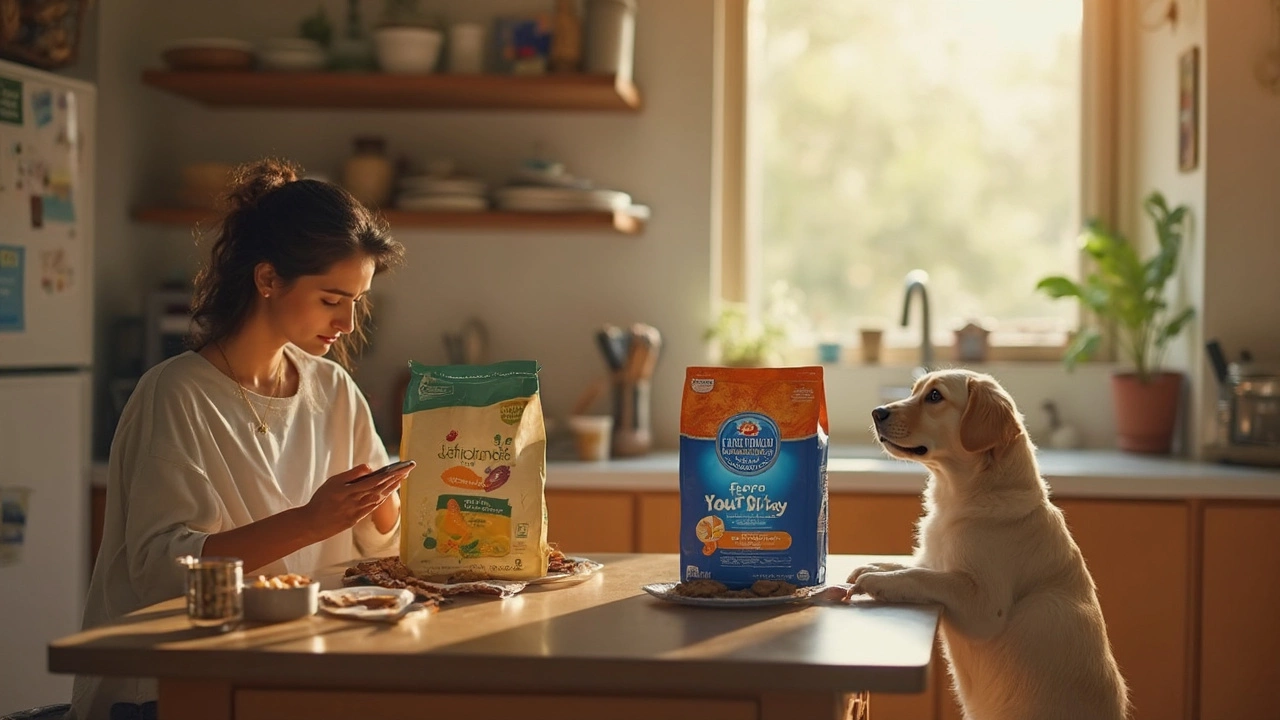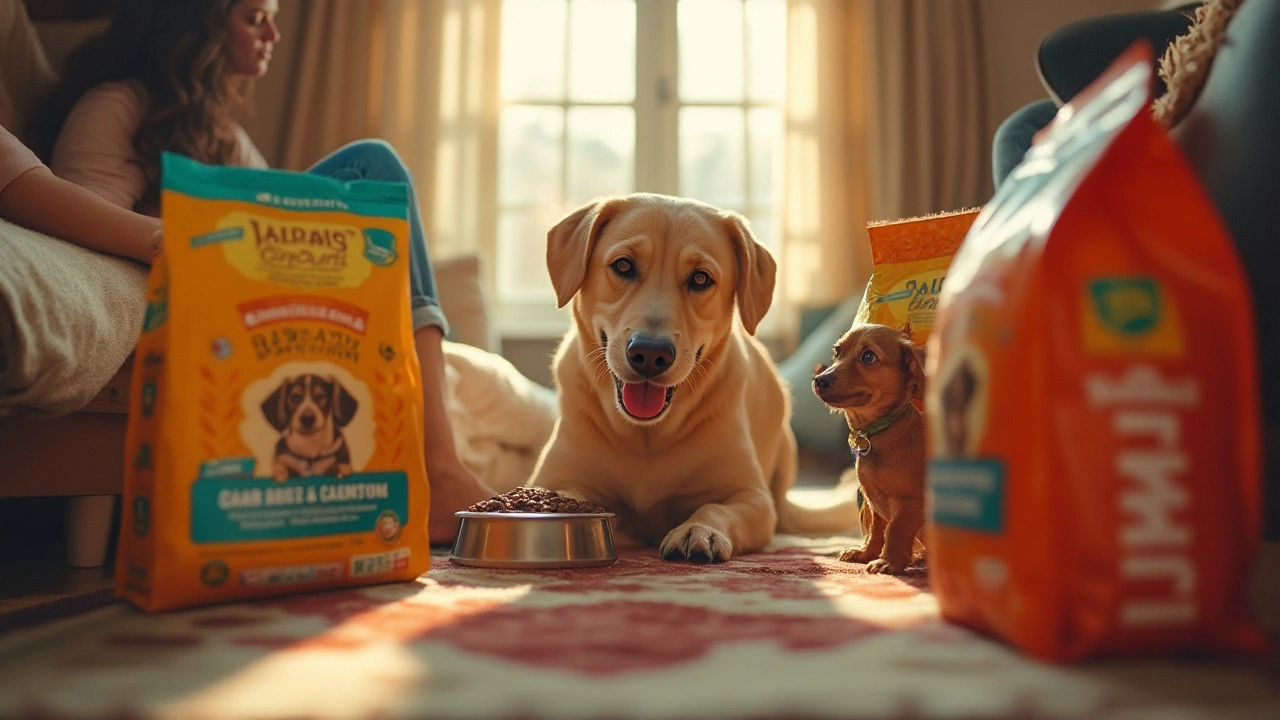Pet Nutrition: Simple Tips to Keep Your Dog and Cat Healthy
Feeding your furry friends sounds easy, but the right diet can feel like a maze. The good news? You don’t need a degree to make solid choices. Below are real‑world steps you can take today to boost your pet’s health without breaking the bank.
Start With the Basics: Know What Your Pet Needs
Dogs and cats have different nutritional demands. Dogs are omnivores, so they thrive on a mix of protein, carbs, and fats. Cats are obligate carnivores, which means they need a higher protein percentage and certain nutrients like taurine that only meat provides.
Check the label for a “complete and balanced” statement. That phrase tells you the food meets standards set by pet nutrition experts. If a product skips this claim, look deeper at the ingredient list.
Pick the Right Food Type for Your Lifestyle
Dry kibble is convenient and cheap, but it can be low in moisture. Mixing a little wet food or adding water can improve hydration, especially for cats who often don’t drink enough. For puppies, senior dogs, or active pups, look for formulas that list a high‑quality protein as the first ingredient.
When it comes to cats, wet food offers extra moisture and usually higher protein. If you’re feeding only dry kibble, consider a daily water bowl or a cat fountain to encourage drinking.
Portion control matters more than you think. Overfeeding leads to weight gain, joint strain, and a shorter life span. Use the feeding guide on the bag as a starting point, then adjust based on your pet’s activity level and body condition. A quick hand‑check: you should be able to feel (but not see) a thin layer of fat over the ribs.
Snacks can be part of a balanced diet if you choose wisely. Look for treats that list meat first and avoid those loaded with fillers like corn or wheat. A piece of cooked chicken or a few baby carrots can work as a low‑calorie reward during training sessions.
If you prefer homemade meals, keep it simple: lean protein, a small portion of cooked vegetables, and a carbohydrate like rice. Skip seasoning, onions, and garlic—both are toxic to pets. Always run a homemade recipe by your vet to ensure it meets all vitamin and mineral requirements.
Finally, keep an eye on your pet’s stool and energy levels. Consistent, firm stools and a lively demeanor usually mean the diet is on track. Any sudden changes—like diarrhea, vomiting, or lethargy—should prompt a quick vet call.
Pet nutrition doesn’t have to be overwhelming. Focus on high‑quality protein, proper portion sizes, and enough moisture, and you’ll be giving your dog or cat a solid foundation for a happy, healthy life.

Blue Buffalo vs Purina: Which Dog Food Is Better?
Trying to decide between Blue Buffalo and Purina for your dog's meals? This guide looks at ingredients, health impacts, recall history, expert opinions, and value for money. Get real-life tips from regular dog owners. Cut through the hype and find out which brand fits your dog's needs.
read more
Is Blue Wilderness Good for Dogs? A Deep Dive into Your Furry Friend's Diet
Blue Wilderness is a brand of dog food known for its high protein content and use of natural ingredients. This article explores whether it's a good choice for your pet, considering factors such as nutrition, ingredients, and dog preferences. By understanding the key ingredients and expert opinions, pet owners can make informed decisions. The article also provides tips on transitioning to this food if desired. It’s essential to ensure your dog's diet aligns with their specific health needs.
read more
Is Blue Buffalo Dog Food Really Bad?
Blue Buffalo is a popular dog food brand praised for its natural ingredients, but it isn't free from controversy. With concerns over ingredient sourcing, recalls, and lawsuits, pet owners wonder if it's the best choice for their furry friends. This article explores the pros and cons, providing facts and tips to help you decide if Blue Buffalo fits your dog's nutritional needs. Discover what makes this brand tick and determine whether it's worth a spot in your pup's bowl.
read more
Purina vs IAMS: Finding the Best Dog Food for Your Pet
Choosing the right dog food brand is crucial for your pet's health. Between Purina and IAMS, both offer diverse options tailored to specific dietary needs. This article explores their nutritional values, ingredient quality, and customer reviews. It offers insights into making an informed decision for your furry friend's well-being.
read more
Essential Dog Supplements: What You Need to Know
Dog owners often wonder about the necessity of supplements for their furry companions. Understanding which supplements are beneficial and when they’re needed can be key to supporting your pet's health. This article explores common types of dog supplements, their benefits, and when to consider adding them to your dog’s diet. With this guide, you can make informed decisions regarding your dog's nutritional needs.
read more
Choosing the Best Nutrition for Your Furry Friend: Dog Food Tips
Choosing the best food for your dog can feel like navigating a labyrinth of options. Whether you have a playful pup or a wise senior dog, their nutritional needs are unique and essential for their overall well-being. Understanding the benefits of various diets, from commercial brands to homemade mixtures, can set the stage for a healthier, happier pet. Dive into tips and insights to optimize your dog's diet sustainably.
read more



